Southeast Asia’s culinary landscape is full of hidden treasures often unnoticed by
regular tourists. These family-run establishments have been perfecting their craft for
generations, serving authentic dishes that capture the essence of local flavors.
From humble street-side stalls to tucked-away dining rooms, these restaurants
represent the true heart of Southeast Asian cuisine.
Warung Ibu Oka (Ubud, Bali)
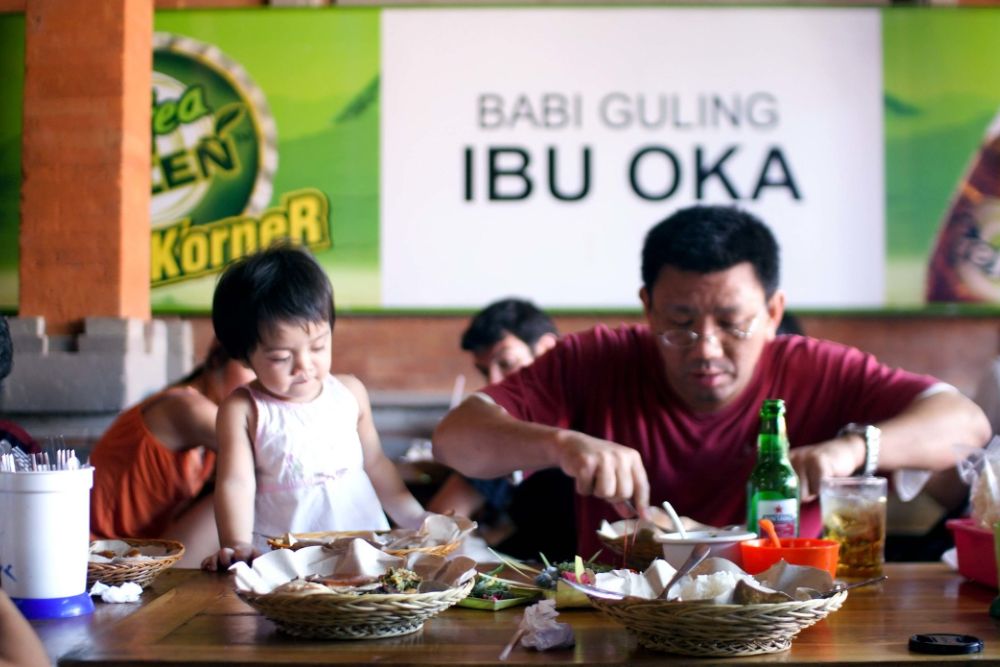
This humble warung stands in a quiet alley behind the main streets of Ubud, serving
the most tender babi guling on the island of Bali. The recipe has been handed down
through four generations in the same family, and each generation has added a
subtle refinement to the basic recipe.
The place opens at dawn and usually sells out by early afternoon, pulling in a steady stream of local workers and families. This fills the air with an aromatic fragrance of traditional spices that a skilled hand gives each portion in practiced precision.
Khun Yai’s Kitchen (Chiang Mai, Thailand)
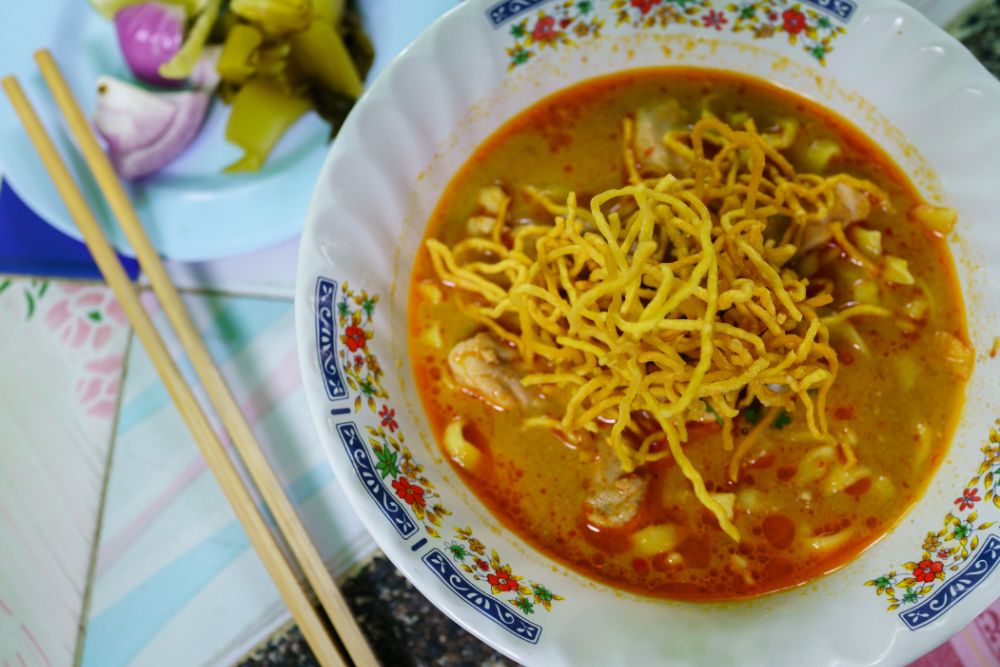
This humble eatery, tucked away in the narrow soi of Chiang Mai’s old city, has
served authentic Lanna cuisine for over five decades. The elderly matriarch still
oversees the preparation of each dish to preserve traditional Northern Thai cooking
methods.
She visits the local markets every morning to pick out the freshest ingredients for her legendary khao soi and gang-hung lay. The restaurant’s hand- painted sign and weathered wooden tables tell stories of generations of meals shared among local families.
Like Travel Pug’s content? Follow us on MSN.
Riverside Kitchen by An (Hoi An, Vietnam)
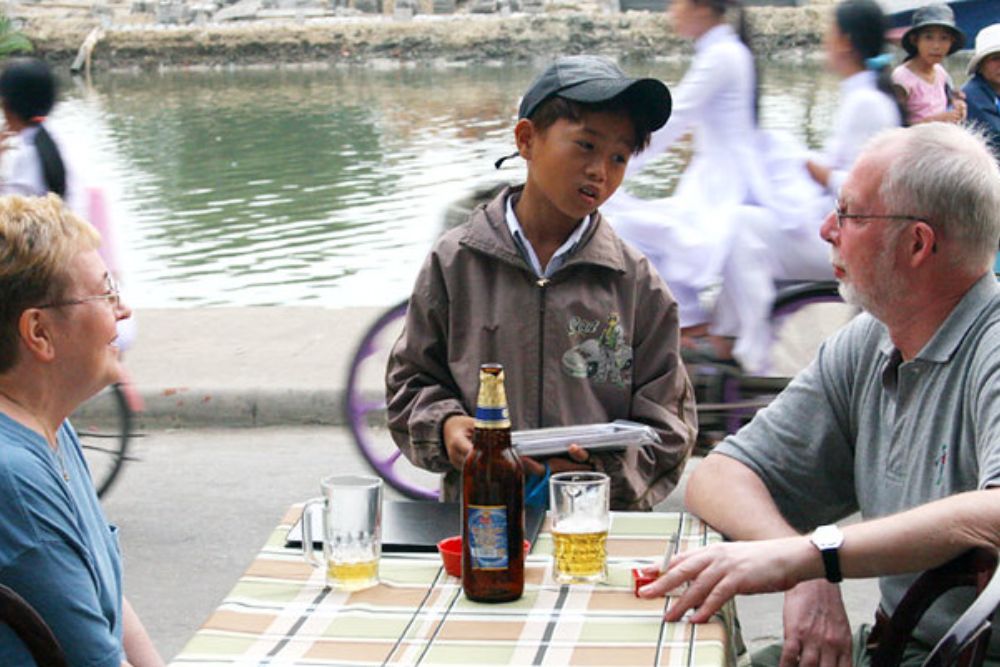
A three-generation family-owned restaurant sitting along a quiet stretch of the Thu
Bon River that serves soul-warming Vietnamese comfort food outside of tourist
crowds. The grandfather rows across the river each morning to collect his day’s
herbs from his private garden.
Local fishermen bring their morning catch to An’s kitchen for the freshest seafood on their signature cao lau noodles. The old wooden house that hosts the restaurant has withstood countless monsoon seasons, its walls absorbing the rich aromas of Vietnamese spices.
Uncle Lim’s Kopitiam (Georgetown, Penang)
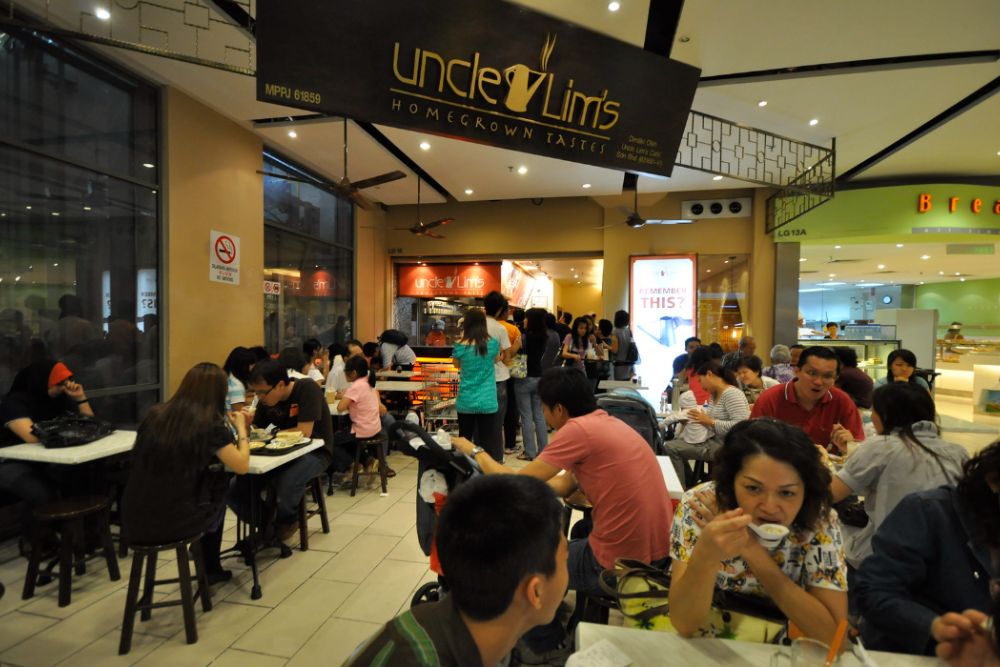
This traditional kopitiam is tucked away in a heritage shophouse down a narrow
Georgetown lane. It has been serving authentic Peranakan cuisine since 1947.
The vintage coffee roasting machine still operates daily, filling the morning air with the
intoxicating aroma of freshly roasted beans. The walls are filled with black-and-white
photographs documenting the establishment’s rich history and connection to
Penang’s diverse cultural heritage.
Every dish perfectly combines the Malay, Chinese, and colonial influences that characterize Nyonya cooking.
Lola’s Carinderia (Cebu, Philippines)
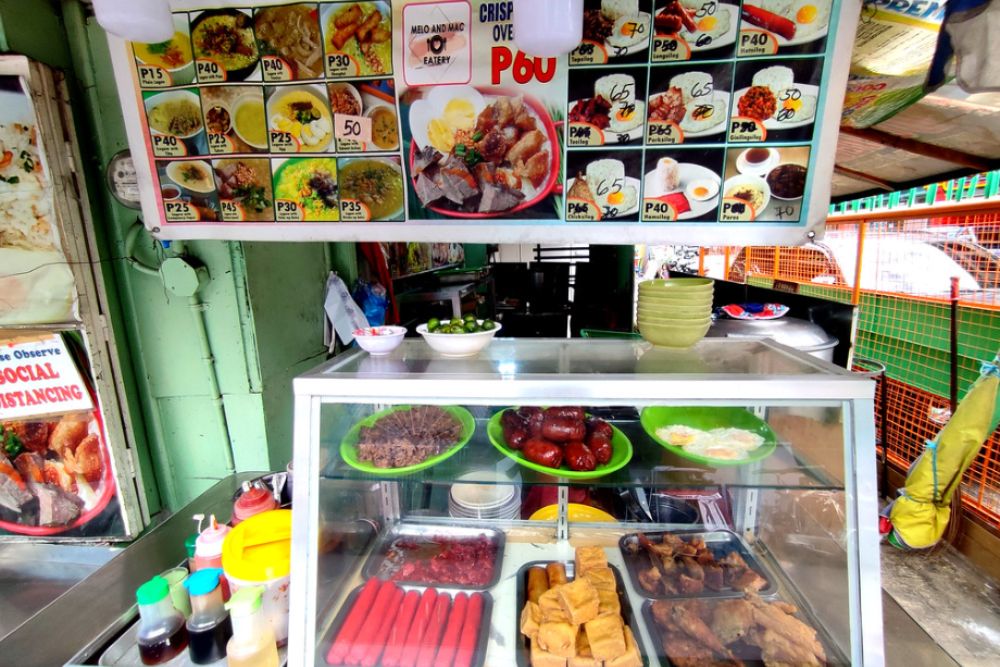
Situated in a quiet residential neighborhood of Cebu, this humble carinderia serves
home-style Filipino dishes that locals swear by. Three generations of women
manage the kitchen, and they wake up at 3 AM to prepare their famous lechon belly
using a closely guarded family recipe.
Their small garden provides fresh herbs and vegetables that enhance the authentic flavors of traditional Cebuano cuisine. The establishment’s warm, familial atmosphere makes every visitor feel part of the extended family.
Like Travel Pug’s content? Follow us on MSN.
Win’s Laksa Shop (Kuching, Sarawak)
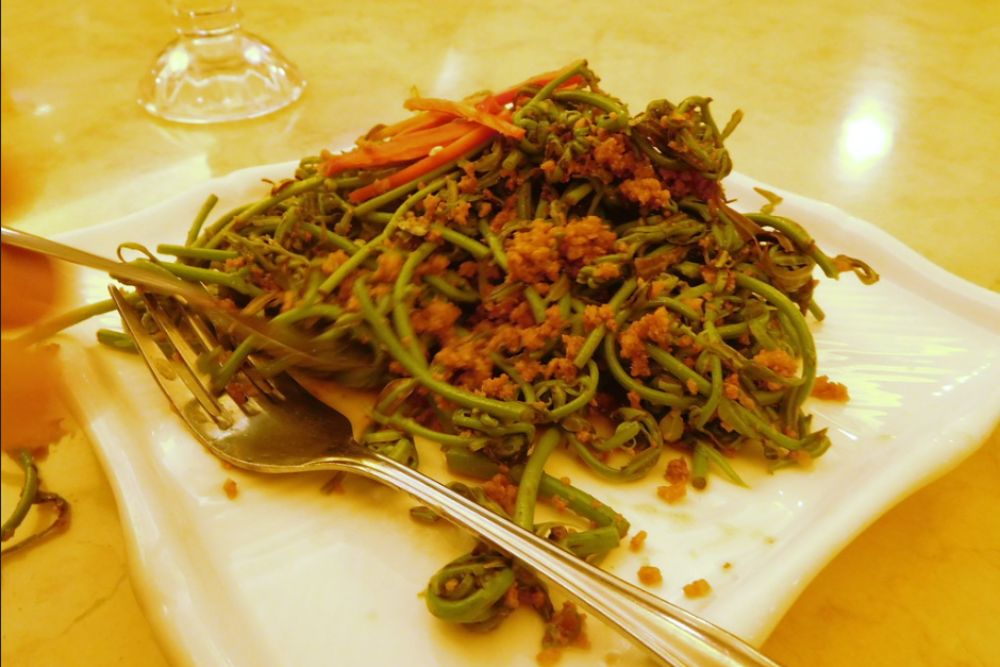
Located in a concealed corner of Kuching’s old town, this modest shop specializes in
an heirloom recipe of Sarawak laksa passed down through five generations. The
proprietary spice blend contains over 20 ingredients, each carefully measured and
ground fresh every morning.
Local office workers line up before dawn to secure their breakfast portions of this legendary noodle soup. The shop’s walls feature vintage photographs documenting Kuching’s transformation while the recipe remained unchanged.
Mandalay Morning Glory (Mandalay, Myanmar)
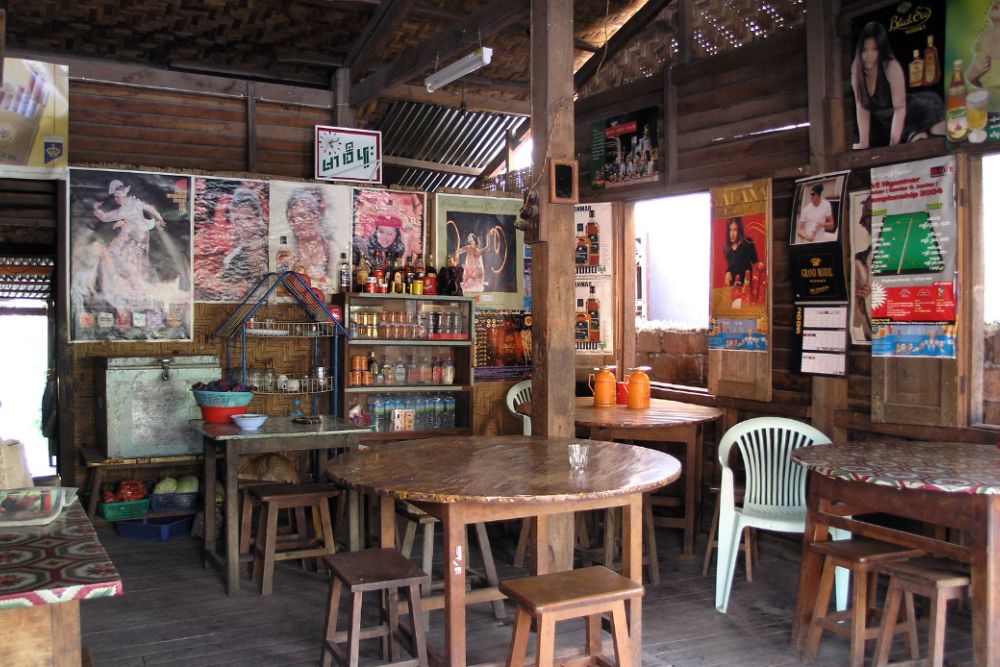
Concealed within a residential compound near the royal palace, this family-run tea
house serves traditional Burmese breakfast dishes that locals cherish. The
octogenarian owner still handpicks tea leaves from her family’s estate in the Shan
highlands every month.
Her grandchildren help prepare the famous laphet thoke using a secret dressing recipe that dates back to pre-colonial times. The peaceful garden setting provides a serene escape from the bustling city streets.
Mama Lin’s Kitchen (Vientiane, Laos)
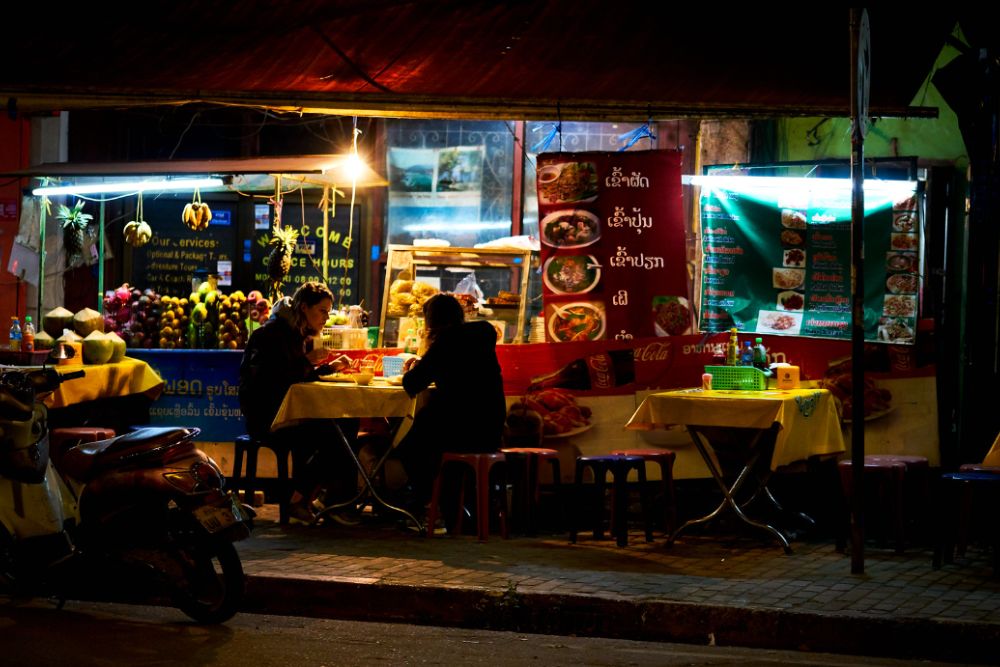
Situated in a quiet temple district of Vientiane, this modest establishment serves
authentic Laotian dishes that capture the essence of local home cooking. Three
generations work together to prepare their renowned or lam using herbs from the
nearby forest.
The restaurant’s hand-painted menu features dishes that have sustained local families for countless generations. Their traditional cooking methods preserve the authentic flavors of Laotian cuisine.
Like Travel Pug’s content? Follow us on MSN.
Grandma Mei’s Corner (Malacca, Malaysia)
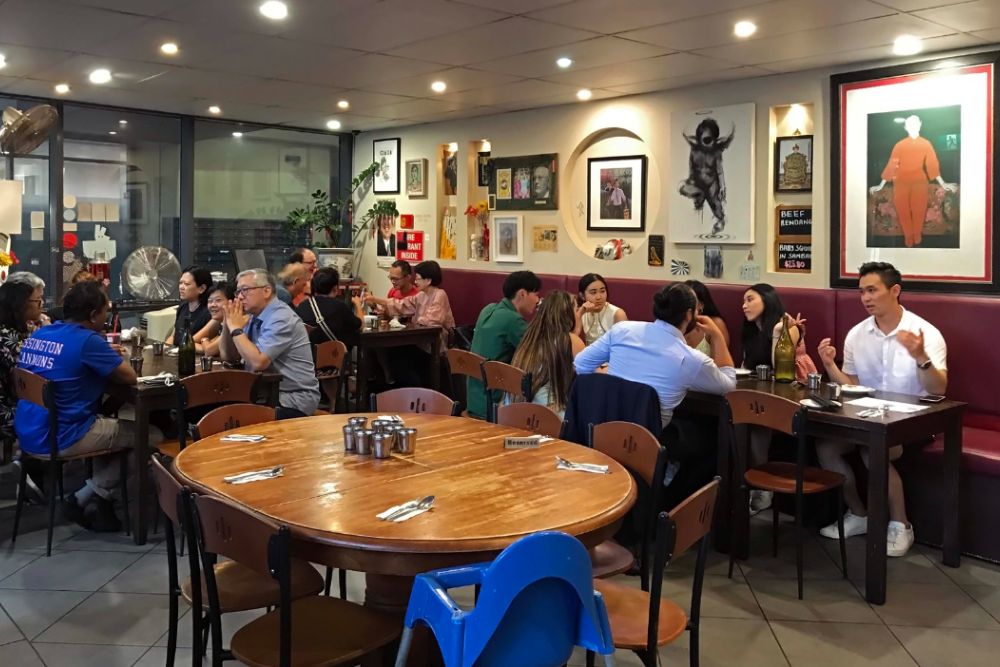
Hidden within the maze-like streets of old Malacca, this corner shop specializes in
traditional Peranakan desserts and kuih-muih. The recipes have been carefully
preserved through four generations of women in the same family.
Every morning, the aroma of pandan and gula melaka draws knowing locals to this humble establishment. The vintage tile floors and antique furnishings transport visitors back to Malacca’s golden age.
Warung Pak Made (Denpasar, Bali)
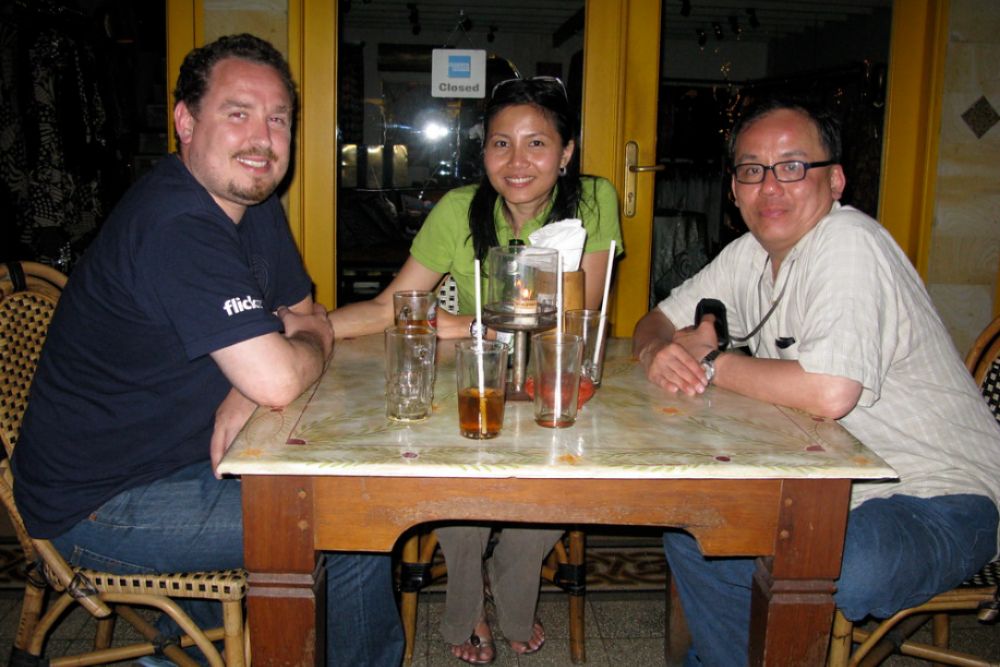
Tucked behind a local market in Denpasar, this warung specializes in traditional
Balinese breakfast dishes that locals swear by. The owner sources rare spices from
small villages across the island to create authentic flavor profiles.
Every dish reflects generations of culinary wisdom passed down through careful oral instruction. The morning atmosphere buzzes with local energy as regulars gather for daily meals.
Auntie Pim’s Kitchen (Bangkok, Thailand)
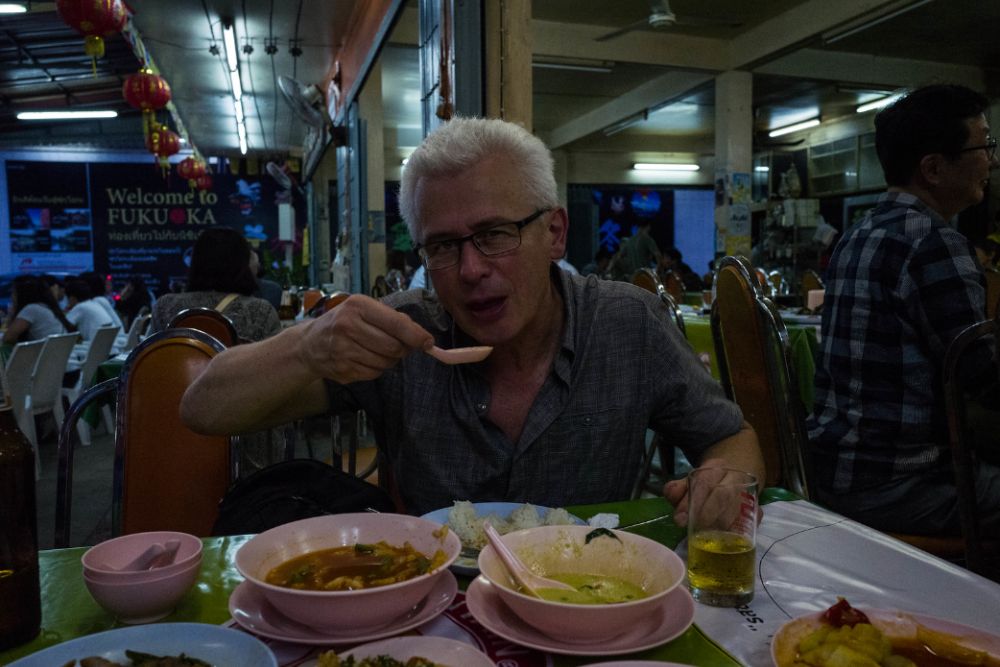
Located in a quiet residential soi of old Bangkok, this family-run establishment
serves royal Thai cuisine recipes preserved from the owner’s palace-trained
grandmother. The kitchen maintains traditional cooking methods using antique brass
cookware passed down through generations.
Local ingredients are sourced daily from specific vendors at the morning market who understand the exacting standards required. The peaceful garden setting provides a stark contrast to Bangkok’s usual chaos.
Like Travel Pug’s content? Follow us on MSN.
Hanoi Corner Kitchen (Hanoi, Vietnam)
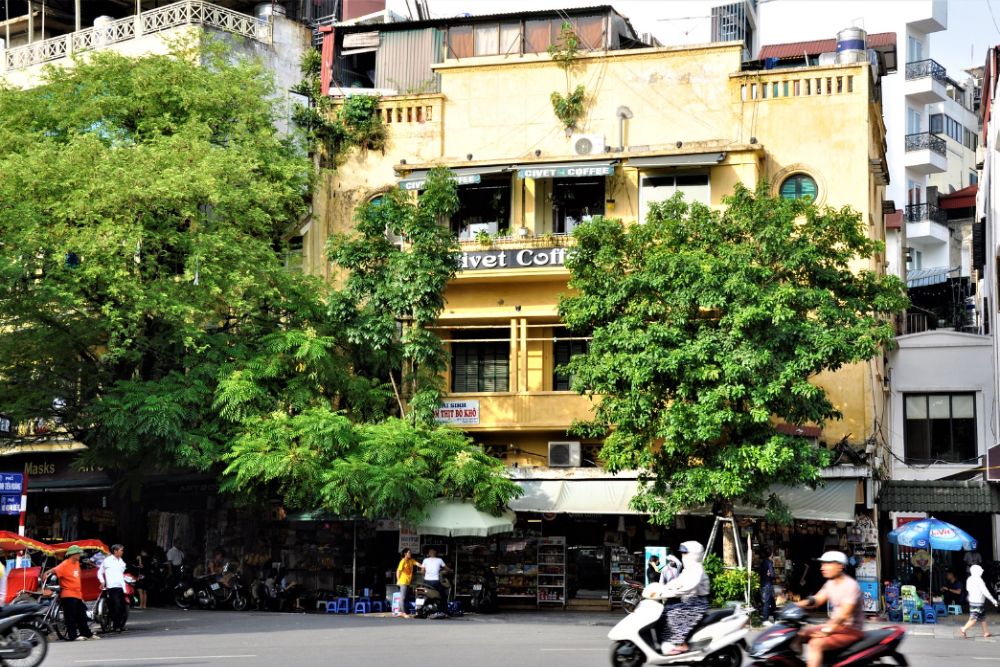
Nestled in an ancient tube house in Hanoi’s Old Quarter, this family establishment
serves traditional northern Vietnamese dishes that locals treasure. The recipes have
been preserved through four generations of careful documentation and hands-on
training.
Every morning begins with preparing fresh rice noodles using traditional methods passed down through the family. The atmospheric setting features original
architectural elements from the French colonial period.
Kampong Kitchen (Singapore)
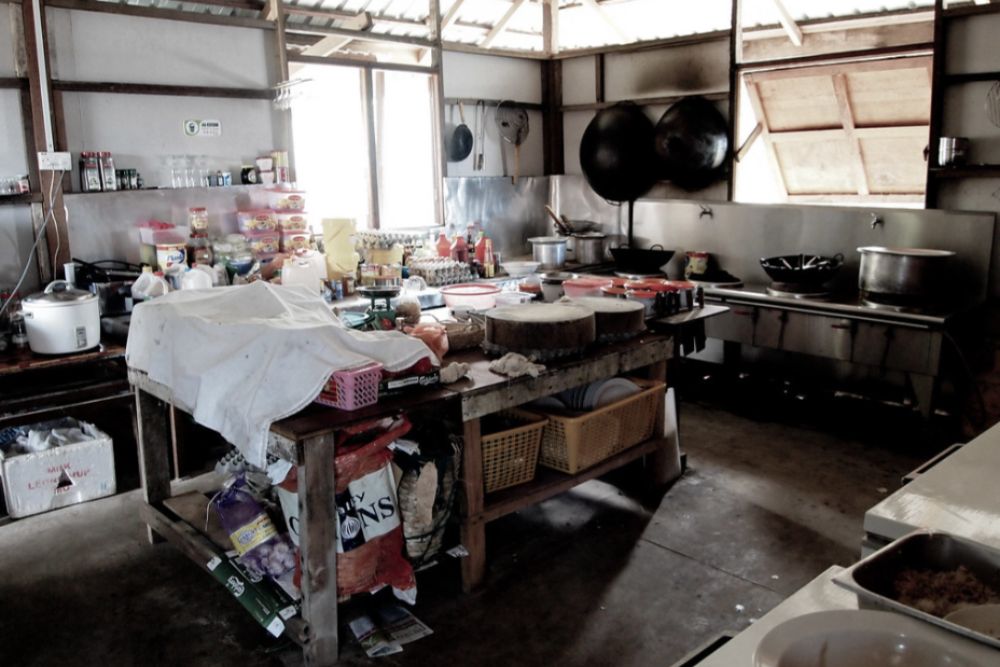
Hidden within an old public housing estate, this humble establishment preserves
recipes from Singapore’s kampong days. The elderly couple running the kitchen still
uses traditional charcoal fires to achieve the perfect wok hei in their dishes.
Their signature curry recipe combines Chinese, Malay, and Indian influences that reflect Singapore’s cultural heritage. The simple setting allows the authentic flavors to take
center stage.
Jakarta Heritage House (Jakarta, Indonesia)
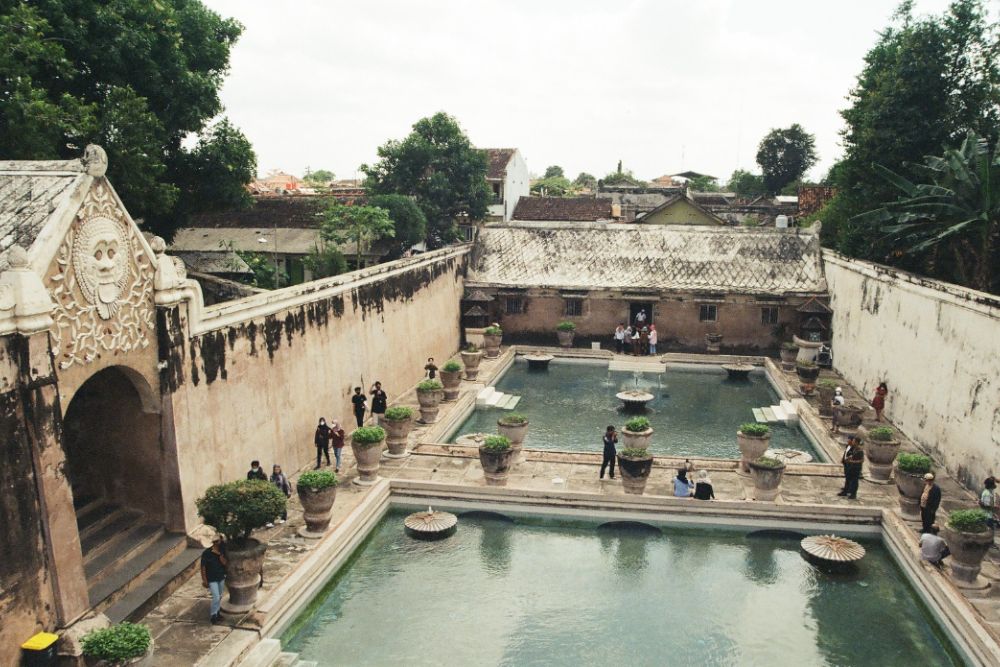
Concealed within an old Batavian house in Kota Tua, this family restaurant serves
traditional Betawi cuisine locals revere. The kitchen uses cooking methods that date
back to the Dutch colonial period, including traditional clay pots and wooden utensils.
Every dish reflects the rich cultural fusion that characterizes Jakarta’s culinary
heritage. The historic setting provides an authentic backdrop for experiencing
traditional flavors.
Like Travel Pug’s content? Follow us on MSN.
Davao Family Kitchen (Davao, Philippines)
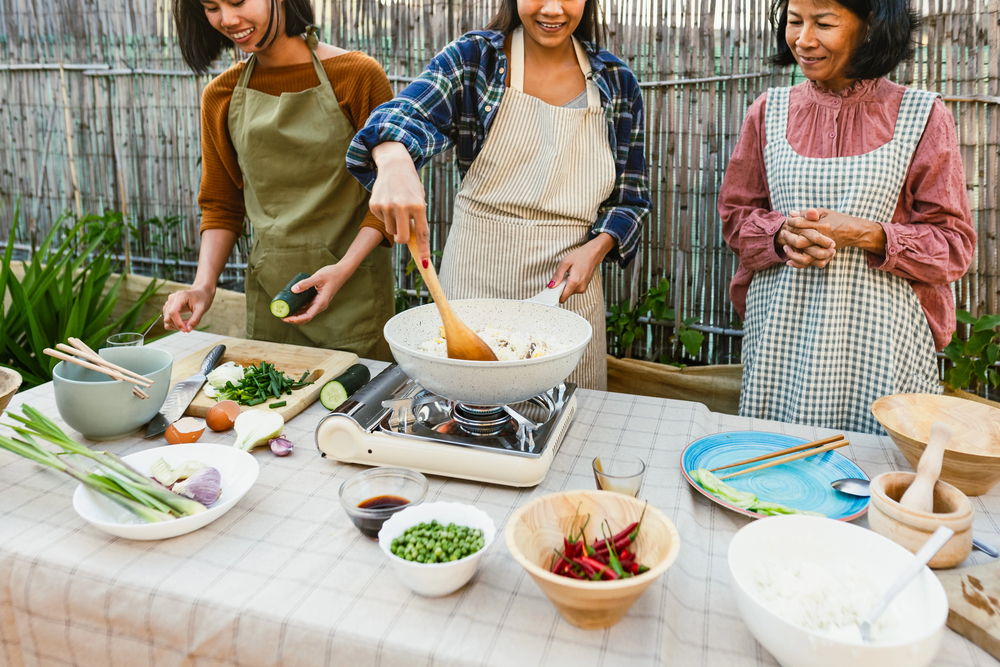
Situated in a quiet residential neighborhood, this family-run establishment
specializes in traditional Mindanaoan cuisine that captures local flavors. The kitchen
uses indigenous ingredients sourced directly from tribal communities in the region.
Their signature durian-based dishes showcase unique preparations that have been
refined over generations. The warm family atmosphere reflects the genuine
hospitality of the area.
Siem Reap Heritage House (Siem Reap, Cambodia)

Nestled within a traditional wooden house near the Old Market, this family
establishment preserves authentic Khmer recipes that date back to the Angkorian
period. The kitchen uses traditional clay pots and charcoal grills to prepare dishes,
following centuries-old cooking techniques passed down through generations.
The owner visits local organic farms every morning to source rare herbs and vegetables
essential for their signature amok dishes. The peaceful courtyard setting features
ancient stone carvings and traditional Khmer architectural elements that transport
diners to Cambodia’s golden age.
Preserving Southeast Asia’s Culinary Heritage Today
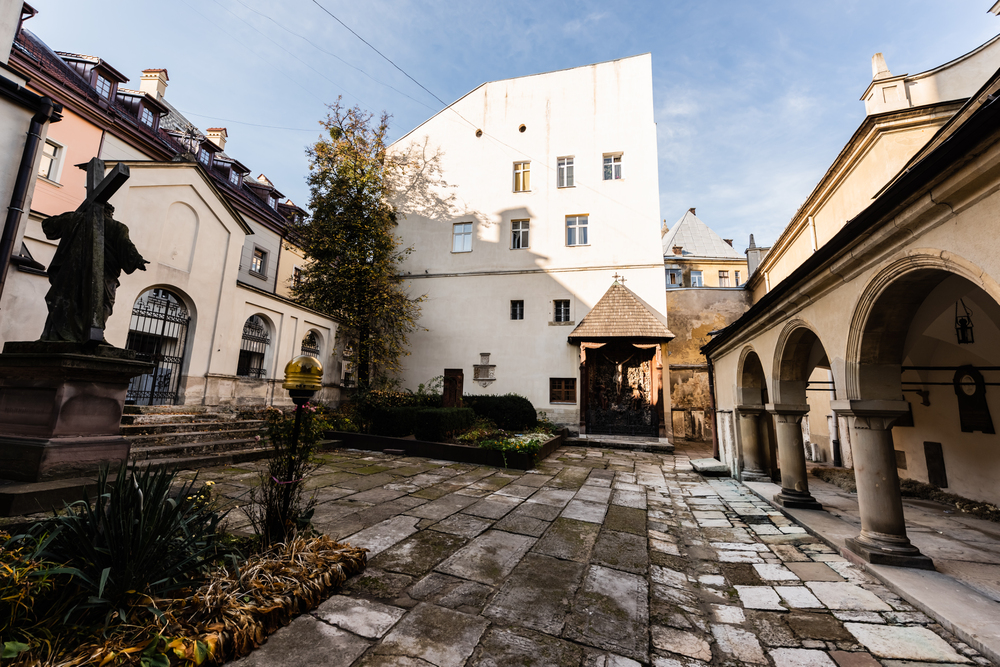
These hidden culinary gems are more than just places to eat—they are living
museums of Southeast Asian food culture. Each establishment tells a unique story of
family traditions, preserved recipes, and enduring culinary wisdom passed down
through generations.
As modern development transforms Southeast Asia’s urban landscapes, these
beloved local institutions become increasingly precious repositories of authentic
flavors and traditional cooking methods.
Like Travel Pug’s content? Follow us on MSN.
More from Travel Pug

- 15 Dangerous European Cities to Avoid
- 15 Caribbean Islands Where Tourists Keep Getting Scammed
- The 20 Most Fascinating Abandoned Places: A Journey Through Time and Forgotten Spaces
- 15 Hidden Places in the Smithsonian Museums Locals Love: A Guide to Lesser-Known Treasures
- 16 Hidden Florida Beach Towns That Aren’t Overrun with Tourists
Like Travel Pug’s content? Follow us on MSN.
